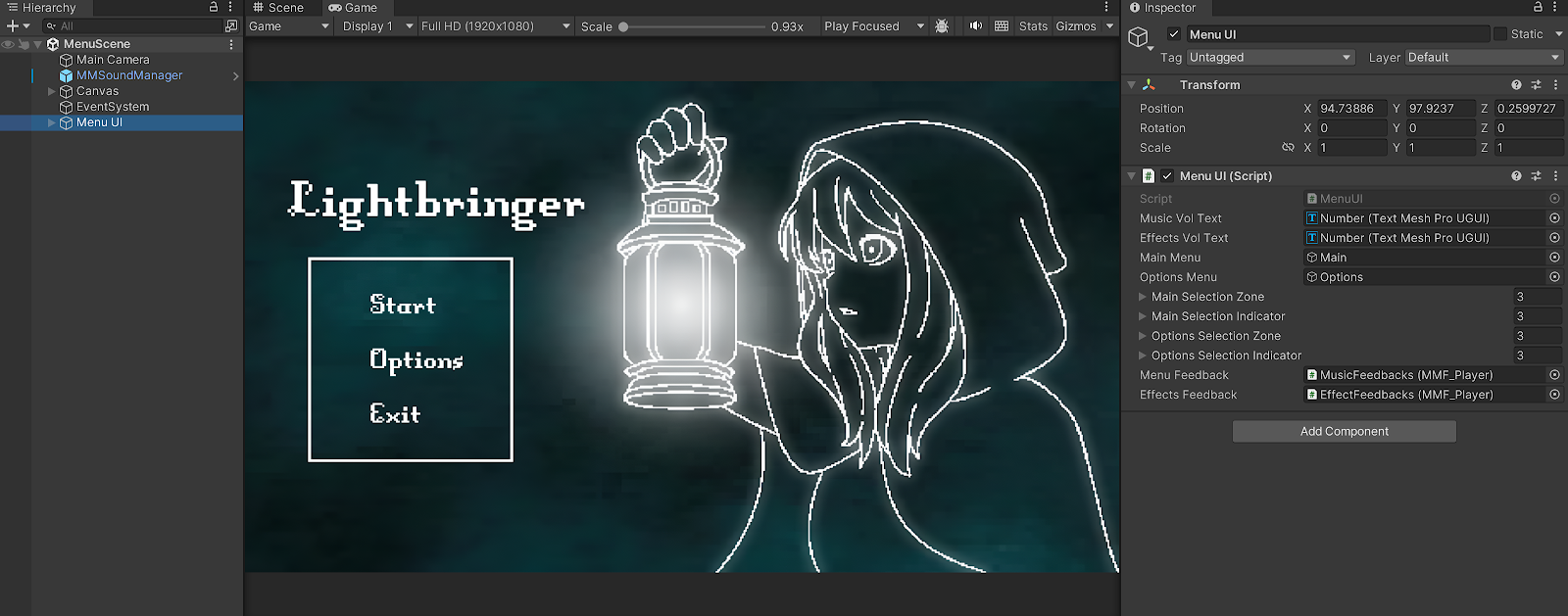Digital Photography and Imaging / Week 6
15.05.23 / Week 6
Name: ALYSSA AISYAH BINTI 'ARIEF NASRAN (0364017)
BDCM
Digital Photography and Imaging (GCD61204) / Section 1
LECTURES
Poster Design
In this week's lecture we learned about poster design and how the fundamental principles of design aid in creating a successful poster. The principles of design are the rules a designer must follow to create an effective and attractive composition.
The fundamental principles of design are: Emphasis, Balance and Alignment, Contrast, Repetition, Proportion, Movement and White Space, although a design doesn’t always have to strictly follow these rules to be 'good' as some great designs ignore one or more of the principles of design in order to create effective and eye-catching work.
- Emphasis
- Balance
- Alignment
- Contrast
Contrast in the context of visual design can be defined as a difference between two or more elements in a composition. The more the difference between the elements, the greater they are easy to compare and comprehend and that's when they are said to have contrasted with each other
- Repetition
Repetition is the reusing of the same or similar elements throughout a design. Repetition is used to create a sense of unity and consistency
- Proportion
Proportion is the visual size and weight of elements in a composition and how they relate to each other. It often helps to approach designs in sections, instead of as a whole.
- Movement
Movement is controlling the elements in a composition so that the eye is led to move from one to the next and the information is properly communicated to your audience. Movement creates the story or the narrative of your work.
- White Space
White space (or negative space) is the only one that specifically deals with what you don’t add, it is the empty page around the elements in your composition. Often simply giving a composition more room to breathe can upgrade it from mediocre to successful.
TUTORIAL
Photography Basics & Recoloring Demo
Photography Basics & Recoloring
In this week's tutorial we watched 3 videos that gave us some information regarding photography basics, similar to what we had covered in our week 5 lecture regarding camera settings, how to conduct a session at home, and how to shoot with one continuous light and a smartphone. Aside from this, we were also briefed about our next assignment which was to recolor B&W images and was given a demonstration of how to do so.
INSTRUCTIONS
PRACTICAL
Recoloring Black & White
Recoloring Pt 1
I first started out by adjusting the brush size and hardness, making it softer so when I brushed the colour on the images, it would appear more feathered around the edges and not so harsh looking.
Fig 1.0 Adjusting Brush Settings
Then, I picked out an appropriate skin colour and started to brush over the skin of the man with the brush tool, I have also made sure to separate different elements such as hair, eyes, lips, and clothes from each other in separate layers and have set the blending mode to 'overlay' so the colour would appear neatly on the image and the brush stroke wouldn't be seen.
Fig 1.1 Colouring Skin
This is then followed by picking colours for the hair, eyes, lips, clothes, and background and then brushing over them carefully using the brush tool, adjusting the size when I need to go over smaller or sharper corners.
Fig 1.3 Recoloring 1
In the second part of the assignment, we are also to recolor a B&W image, however with the alternate process/method demonstrated in the second tutorial utilizing the masking tool and selection tools and colour picking from another image.
To start, I first cropped out the coloured image we are to use for the main colours in recoloring the B&W image from another open tap in Photoshop and pasted it into the tab I will be working on.
This is then followed by selecting the hair using the magic wand tool and going into select and mask to further refine the selection with the refine brush tool. Additionally, I have also turned on some settings such as smoothing in order for the masking to appear more neat. With this method, I could select the finer hairs present in the image.
Fig 1.5 Masking Hair
Once I was satisfied with the selection, I then output the mask selection into the layer mask, created a new solid layer, and picked the hair colour from the coloured image to be used as the hair colour in the B&W recoloring, and drag & dropped the hair layer mask to the newly created solid layer to replace layer mask so the colour would appear, I have also selected the blending mode 'softlight' so the colour would not look too harsh or fake but rather natural.
Fig 1.6 Blending Hair
I then repeated the steps I used in selecting, masking, and colouring the hair for the skin, eyes, lips, teeth, earrings, clothes, and background.















Comments
Post a Comment